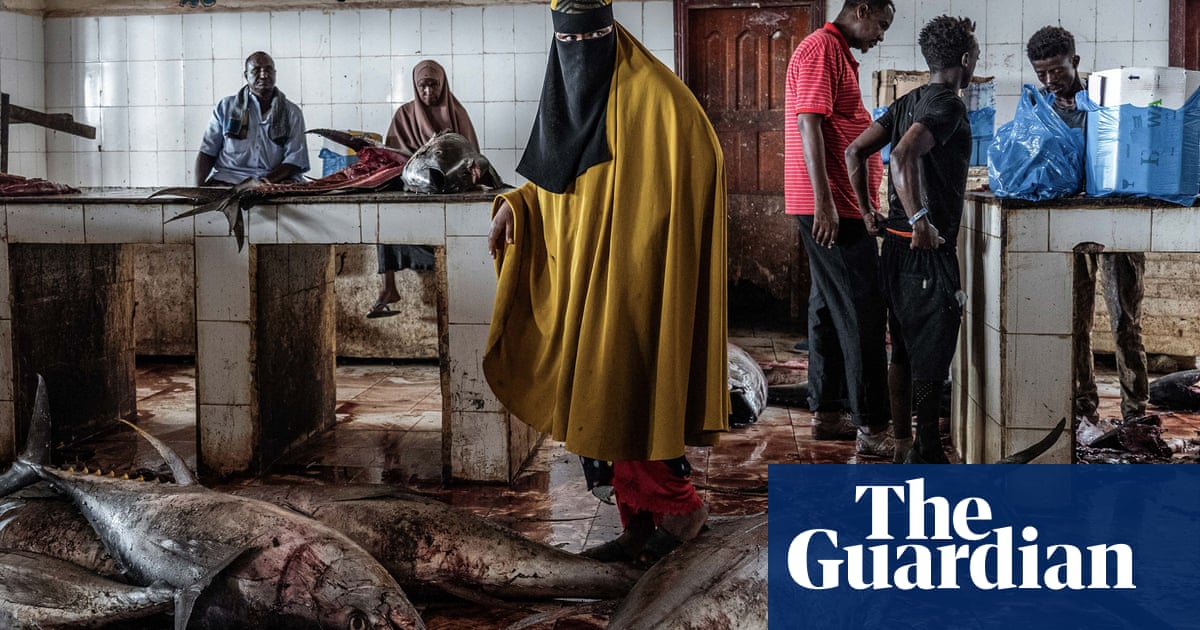
In the 1970s I lived in SoHo in New York, which is not far from the Bowery, but the two districts were like separate universes. SoHo was full of artists and creative types but the Bowery was known as the place where you ended up when you were at the bottom of the barrel. There were a lot of flophouses and a lot of alcoholism and drug use. It was the darkest place in New York City for a long time.
The Bowery Mission is a Christian rescue centre for homeless people. Only men are allowed to stay overnight but it feeds anybody. I used to go there around Thanksgiving and Christmas time to help serve dinner. The face-to-face contact and interactions I had with people meant that I always felt a real connection with them, and it also made me grateful for what I had in my own life.
In the 1990s there was a lot of focus on homelessness in New York City and money and public attention were put towards trying to end it. And then, in the early 2000s, the interest faded. It’s not that the problem went away – on the contrary – but for some reason we weren’t talking about it any more. That bothered me, so I thought to myself: what can I do? I figured as a photographer I could create something that brings a little attention to these people and their situation. So I contacted the Bowery Mission and asked to do some portraits of the centre’s regular users.
They gave me a room upstairs to work in. If you want to get a meal at the Bowery Mission, you have to also attend a religious service. So I’d wait until people had eaten and listened to the sermon and were chilled out and relaxed and only then would I approach to ask if I could photograph them. I needed to be very careful because in a lot of ways these people are very fragile, but I was also surprised by how much – had I not known they were homeless – I would have never guessed their circumstances. My plan was to focus on faces and eyes, because we so often walk down the street and see somebody and we don’t want to actually look at them or engage. Not to sound corny but I was interested in trying to get into their story and their soul.
I was interested when couples arrived at the centre as it was clear that they lived together on the streets. These guys were such a great pair. When they smiled, I was like: that’s the picture. I shot with something called an Octabank, which is like a gigantic umbrella that’s about six feet wide and means that the whole face is beautifully lit. It’s more often used in fashion photography. A lot of pictures of homeless people are really sad. I didn’t want to do that. There is some joy in these people, and that’s what I wanted to show. That’s why I lit it the way I did.
And from the poses I wanted to get the depth of feeling of them as humans but I also wanted to get over the fact that you would hang with some of these people – they’re cool! I choose deliberately not to publish their names out of consideration for their privacy and because I wanted to focus on the faces and humanity of the people captured in the moment in the project.
With these two it was clear that they had each other, and that was pretty much it in their lives at that point. I wanted to give a sense of what their relationship felt like. I was trying to get them to centre themselves in front of the camera, and just be who they were and not try to do anything special or performative.
Many of us are only a couple of steps away from something like homelessness. I was feeling helpless about a situation in my city that I thought was terrible and a life condition I saw every day when I walked out of my door. The worse the situation becomes the more it is normalised and your sense of helplessness is eventually numbed.
I exhibited the work in the Mission headquarters in Midtown. We blew up eight or nine of the photographs to around 6ft by 4ft. You’re looking at these huge eyes and faces and the impact of having all those pictures in one room was pretty overwhelming. I think they felt really special having all the lights and cameras and attention on them when doing this project. I hope that feeling lasted for a while.
Bill Bernstein’s CV
Born: New York City, 1950.
Trained: Self-taught.
Influences: Avedon, William Klein, Arbus, Leibovitz.
High point: “Documenting Paul McCartney on the road 1989-2005.”
Low point: “Hasn’t happened yet.”
Top tip: “Have something to say before you start shooting.”












